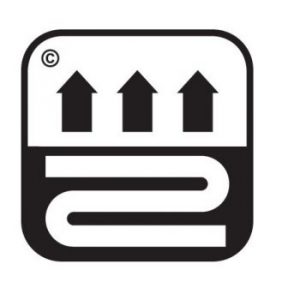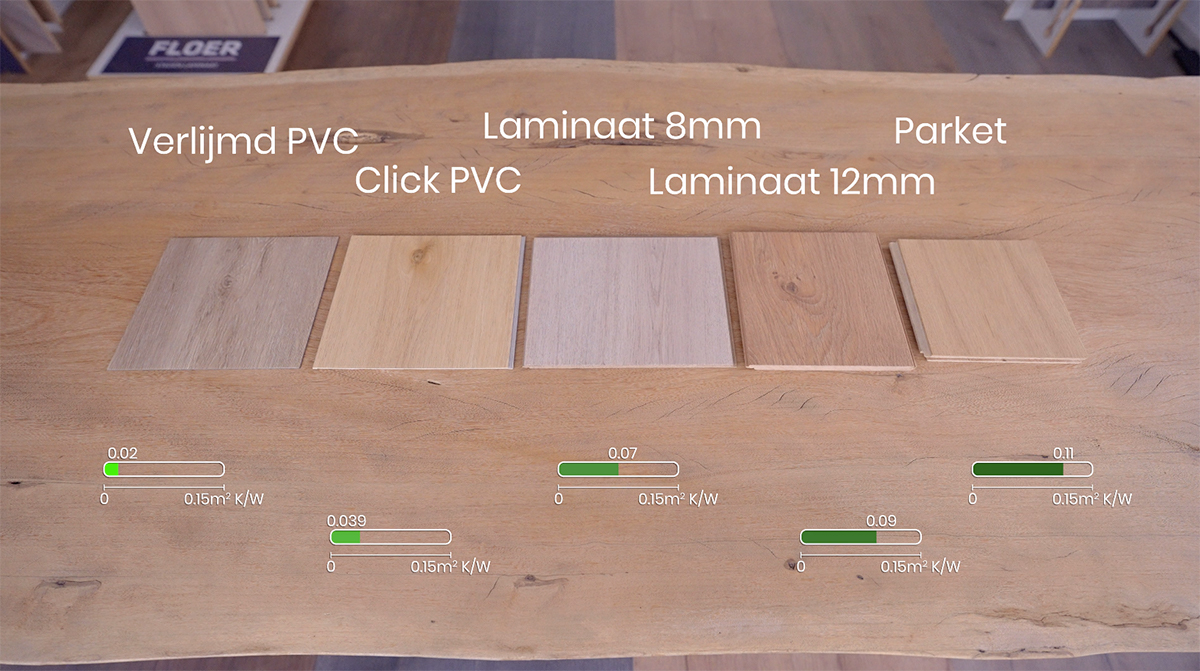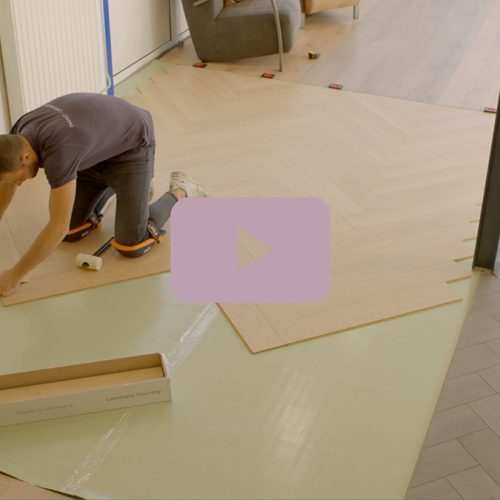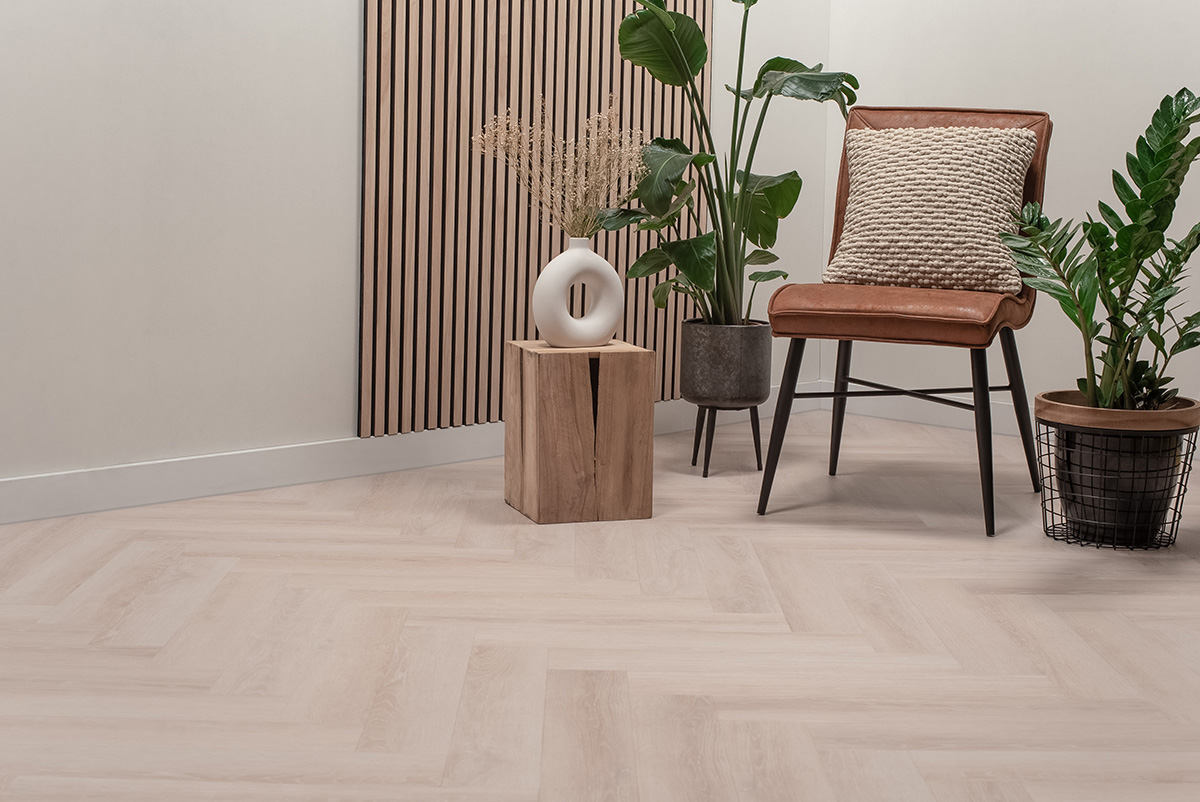
A new FloerTube video is getting us all a little hot under the collar. The topic? Whether a parquet, laminate, or vinyl floor is suitable for underfloor heating. The answer is simple: all Floer floors are suitable for it! You can enjoy a comfortable living environment in your home by combining the right flooring with underfloor heating. However, some floors are more suitable than others. We would be happy to explain the differences to you.
Is a Parquet, Laminate, or Vinyl floor suitable for use with underfloor heating?
Underfloor heating is a popular way to keep homes warm, creating a comfortable and evenly distributed climate in any room. Many homeowners appreciate the subtle nature of underfloor heating, which offers flexibility for interior design. Additionally, there are often financial benefits to consider. It’s important to know that different installation options may require specific flooring requirements. Be sure to check with your underfloor heating supplier to make the best decision for your situation!
Thermal resistance and floors
Thermal resistance refers to how quickly the floor heats up and allows heat to pass through. To better understand this concept, it is helpful to have a clear understanding of underfloor heating. Typically, underfloor heating is installed within the screed, which then allows heat to migrate upwards. The extent to which the heat is impeded on its way up is known as thermal resistance. The lower the thermal resistance, the more easily heat is able to pass through the floor. According to most underfloor heating suppliers, the maximum thermal resistance of a floor should not exceed 0.15 m2 K/W. If the thermal resistance of the entire floor structure exceeds 0.15 m2 K/W, then the underfloor heating will not operate at peak efficiency and heat loss may occur.
Fortunately, all of our floors possess a thermal resistance lower than the maximum efficiency (0.15 m2 K/W), which makes them suitable for use with underfloor heating.

Is Parquet more or less suitable?
Oak parquet floors have high thermal resistance due to their construction. By gluing multiple layers of wood crosswise, a stable oak parquet floor is created. However, this also has an insulating effect, meaning that oak wooden floors can quickly reach the maximum thermal resistance for underfloor heating. Are you considering Oak Parquet – Caramel Brown Oiled, for example?
We recommend selecting the thinnest plank construction and having the floor laid with glue. The 1.2 cm thick oak parquet has a thermal resistance of 0.11 m2 K/W. Would you prefer a wooden herringbone floor? The planks are 1.6 cm thick, giving these floors a thermal resistance of 0.14 m2 K/W. The higher the thermal resistance, the longer it takes for the floor to emit heat.
Laminate and Underlays
Are you looking for a laminate floor that can be combined with underfloor heating? You’re in luck! Laminate floors are good heat conductors and come in different thicknesses. At Floer, we offer laminate floors with varying thicknesses, each with different heat resistance. For instance, floors from our Country House Laminate and City Laminate collections are 0.8 cm thick and have a thermal resistance of 0.07 m2 K/W.
Herringbone Laminate floors have a thickness of 1.2 cm and a thermal resistance of 0.09 m2 K/W. Laminate floors are always laid floating, so a subfloor is necessary. If you plan to combine your laminate floor with underfloor heating, avoid using an underlay made of foam. This is because it contains air, which insulates the floor. Instead, use a PU rubber underlay. These underlay rolls allow heat to pass through properly and have an extremely low thermal resistance of 0.009 m2 K/W.
Rigid Click Vinyl and underfloor heating
Rigid Click Vinyl flooring is an excellent choice due to its superior heat conductivity, even better than wood and laminate! This is because it is made from a mixture of stone minerals and vinyl, both of which are excellent thermal conductors. As a result, these floors have a very low thermal resistance of 0.039 m2 K/W, making them highly suitable for underfloor heating. Herringbone Rigid Click Vinyl and Tile Rigid Click Vinyl are both great options. It’s important to note that these floors must be installed on a subfloor. To further enhance the heat conductivity, consider using Rigid Click Vinyl underlay made of PU rubber with a thermal resistance of only 0.009 m2 K/W.
The perfect flooring for underfloor heating
Looking for the perfect floor to use with underfloor heating? Look no further than our Dryback Vinyl floors. These vinyl floors are glued directly onto the subfloor, eliminating the need for an additional subfloor and preventing heat resistance. The flexible vinyl strips used in Dryback Vinyl floors are only 0.25 cm thick, allowing for immediate response to changes in thermostat settings. Whether you’re looking for Tile Vinyl, Herringbone Vinyl, or extra-large Whalebone Vinyl, all of these floors are perfectly suited for use with underfloor heating.

If you’re interested in watching more FloerTube videos, we have content on the differences between laminate and vinyl flooring, as well as which underlay is best for laminate flooring. For more information, check out our Floer blog, and take a look at our flooring collections. We offer a range of beautiful floors, including the Oak Parquet – Double Smoked & Grey Oiled. If you prefer to see a floor in person, you can order a sample to experience your favourite Floer at home.






